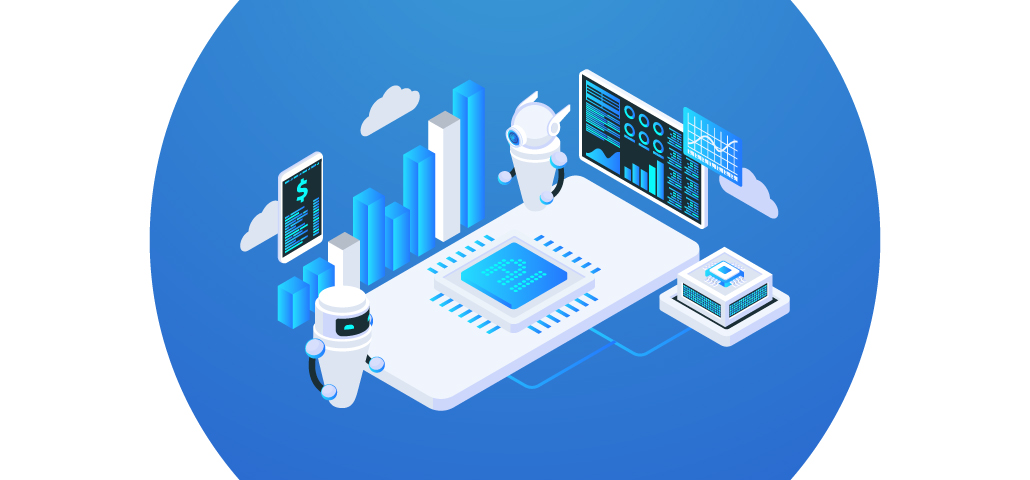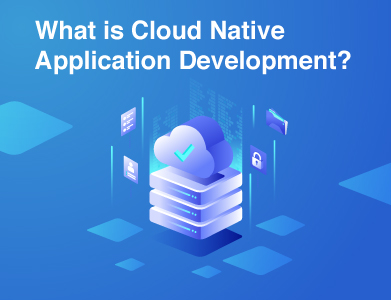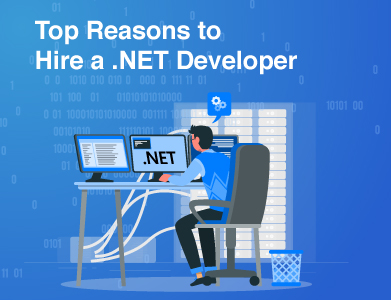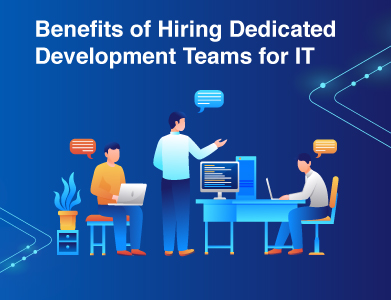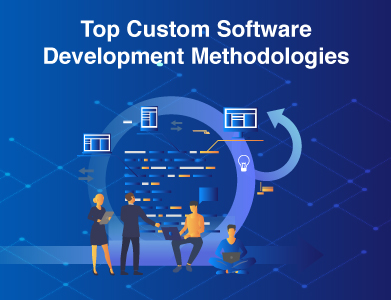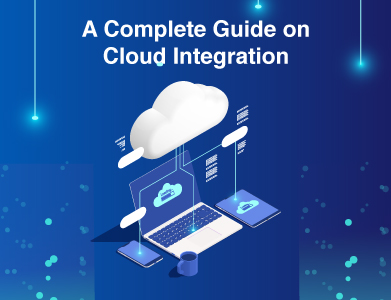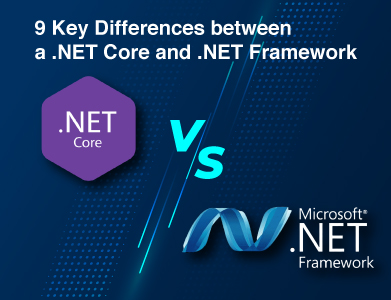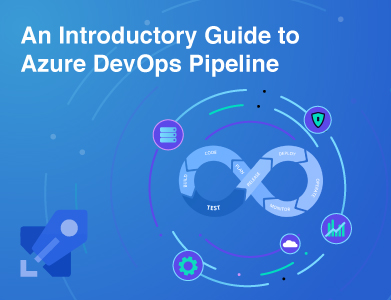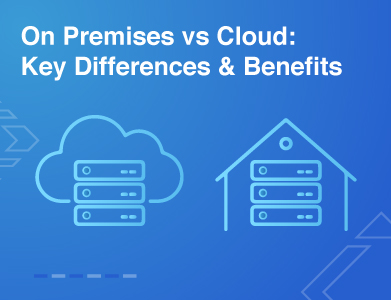Expertise
Artificial Intelligence is no longer a future concept but has already started to function as a driving force that is leading innovative change throughout industries. Businesses in various sectors are devoting large sections of their digital budget to AI as it will reboot operations with predictive models, generative AI solutions, and advanced analytics.
But how do you build an AI system? Well, building your AI capabilities might not sound easy to do, but today, with the proper approach, the right tools, and expertise, that is more easily accessible than you might think. In case you know how to develop AI, predict an algorithm, or a tailored solution for your business, understanding what the core process is will come in handy.
In this blog, we will see the step-by-step process of how to create an AI system. We will help you conceptualize your goals through powerful tools and best practices in creating an AI system. This guide will equip you with the knowledge needed to get started. So, let's begin!
Understanding the Fundamentals of AI
AI has been a subfield of computer science, aiming to create artificial intelligence systems that perform tasks, just like humans, especially when those tasks are in the category of human intelligence, such as learning, reasoning, problem-solving, perception, and even more in language understanding. The core of AI is machine learning, which uses algorithms to analyze data, learn patterns, and make intelligent decisions, whereas deep learning uses neural networks to simulate the ways the human brain functions in more complex operations.
Recent breakthroughs in open source include OpenAI's GPT series and Google's BERT, which transformed natural language processing to better allow machines to understand human language in response. Beyond language, AI has transformed the healthcare sector as a whole with accurate diagnostics, treatments, and robotic surgeries, and the transport sector with self-driving vehicles and drones.
Different Types of AI
Before creating your own AI, it’s important to understand the three primary types of AI:
Artificial Narrow Intelligence (ANI)
ANI is also called "Weak AI" and is specifically designed to perform certain tasks with impressive efficiency and precision. Examples include autonomous driving systems and virtual assistants like Siri. It is limited to specialized domains but excels within that scope, which is why it is the most common and widely used form of AI today.
Artificial General Intelligence (AGI)
AI that can learn and comprehend a variety of tasks is referred to as artificial general intelligence (AGI). Although yet speculative, artificial general intelligence (AGI) seeks to equal human intelligence, making it versatile in a variety of domains. In the IT industry, advanced systems like OpenAI's GPT-4 are frequently seen as early examples of AGI, igniting discussions and enthusiasm.
Artificial Superintelligence (ASI)
ASI represents the final destination of AI research, where machines surpass human intelligence in every respect, from creativity to social skills and innovation. ASI is expected to revolutionize industries and drive scientific breakthroughs at an extraordinary pace, marking a significant leap in technological advancement.
Steps for Building AI System From Scratch
It takes several meticulous stages to build an AI system from the ground up, all of which are necessary to guarantee that the finished product will successfully solve the intended problem. A detailed examination of each phase in this procedure may be seen below.
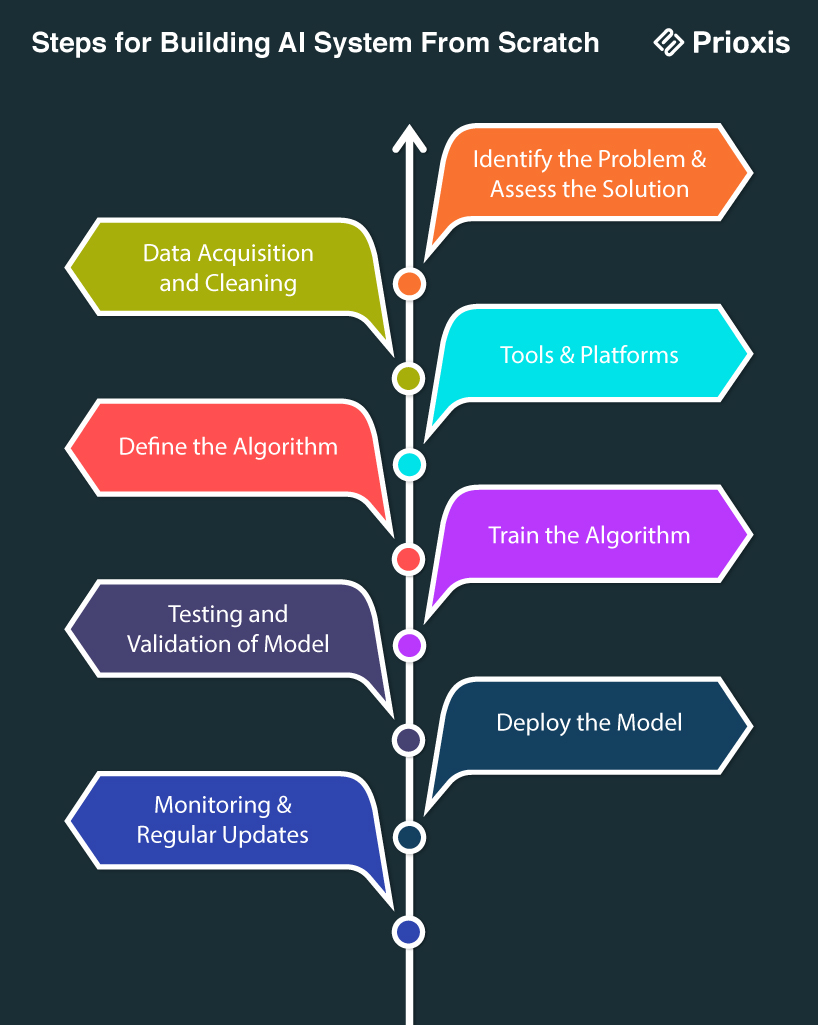
1. Recognize the issue and evaluate the viability of the solution
- Knowing the issue you are attempting to solve is the first step in developing an AI system. Describe the issue by:
- Problem definition: Identify the issue or problem that has to be resolved. If you're creating AI for customer support, for instance, describe the types of questions you want the system to be able to answer.
- Evaluate the viability: Assess whether or not an AI is appropriate for your issue.
- Complexity of the Problem: Perhaps your problem may be better suited for a simpler algorithm or rules-based system.
- Resources Needed: Identify the data, technology, and human
Know-how Required for Successful Implementation.
- Timeline: Consider the time available for development and deployment.
- Budget: Determine the financial resources available for the project.
2. Data Acquisition and Cleaning
- Data is the basis of any AI system, and its quality will determine the model's performance. This step involves:
- Data Acquisition: Gather data from various sources related to the problem. This can include:
- Public datasets
- Internal company data
- Other platforms APIs
- Web scraping
- Data cleaning: Tidy the data so that it is clean. This includes:
- Removing Duplicates: Remove repeated entries that may bias the results.
- Dealing with Missing Values: Either fill in the missing values, remove the incomplete entries, or use algorithms that can handle missing values.
- Normalizing Data: Scale the data into a uniform range, especially when using algorithms sensitive to magnitude.
- Classification of Data: Translate categorical data into numbers if needed (e.g., one-hot encoding).
3. Tools & Platforms
The suitable tools and platforms contribute to efficient development. The criteria are on the following points:
Top Programming Language used in the development of AI Systems:
- Python: The language of greatest preference in AI, because it is easy to learn and supports many excellent libraries, like TensorFlow, Keras, and PyTorch.
- R: Takes up the job perfectly well for statistical analysis and graphics in research.
- Java: Portability and large-scale AI-driven applications make Java a popular choice.
- C++: It provides low-level memory access and keeps an eye on high-speed computing.
- Julia: Gaining popularity for numerics and computational work because it is fast and very easy to use.
- Frameworks and Libraries: Libraries vary depending on the language chosen.
For Example
- TensorFlow and PyTorch for deep learning
- Scikit-learn for traditional machine learning
- OpenCV for computer vision tasks
4. Define the Algorithm
Define the algorithm by selecting the appropriate learning approach. Depending on the data nature and the problem, an appropriate learning method needs to be selected:
- Supervised Learning: It is used when labeled data is available. The model learns with input-output pairs.
- Unsupervised Learning: It is deployed when data is unlabeled. The model finds the patterns and structures to uncover hidden information.
- Reinforcement Learning: The model learns through trial and error with feedback after performing certain actions from its end.
- Algorithm Selection: Choose one suitable algorithm from the following ones for a particular problem:
- Linear Regression for regression task
- Decision Trees for Classification
- Neural Networks for intricate patterns in large datasets
- Clustering Algorithms like K-means for grouping data
5. Train the Algorithm
Training the algorithm involves feeding it the prepared data to learn patterns:
- Splitting the Dataset: Divide your data into training, validation, and test sets to ensure robust evaluation. A common split might be 70% training, 15% validation, and 15% testing.
- Model Training: Use training data to modify the model's parameters. Check during training for signs of overfitting, that is, where the model is learning noise instead of the underlying pattern.
- Hyperparameter Tuning: Optimize the model's performance by modifying hyperparameters like learning rate, batch size, and number of layers in neural networks.
6. Testing and Validation of Model
After training, it's essential to validate the model's performance:
- Validation: To check the ability of the model to generalize unseen data, one uses the validation set. Update parameters according to the performance metric.
- Testing: Finally, assess the model by using the test set. Determine the following:
- Accuracy: Ratio of correctly classified instances.
- Precision and Recall: Of much importance for datasets that are skewed. These would give an insight into how the model is efficient in classifying positive instances.
- F1 Score: Balances precision and recall. It's a single value that measures how well the model is performing.
7. Deploy the Model
Now the model is ready for deployment when passes satisfactory testing and validation:
- Integration: Just install your AI model into the system or application of your choice, be it a backend development service, a mobile app, or a web application.
- Environment Setup: Ensure the hardware and software requirements are available for the deployment environment.
8. Monitoring & Regular Updates
After deployment, continuous monitoring and maintenance are essential to ensure the AI system remains effective:
- Performance Monitoring: Track the model's performance regularly using metrics to identify any decline in accuracy or effectiveness.
- Feedback Loop: Collect user feedback and analyze the model's predictions to identify areas for improvement.
- Regular Updates: Update the model periodically with new data, and retrain it as necessary to maintain relevance and accuracy. This might involve refining the algorithm or incorporating new features.
Challenges in AI Software Development
AI is, no doubt, a transformational force in software development, but, like any game, it comes with its own set of rules and challenges that need to be mastered. Here are some of the most common obstacles that arise in AI software development, along with personal insights based on my experiences in building AI products.
1. Understanding Code
While AI can certainly generate code, it does not understand the process behind it. This can be a source of bugs and security vulnerabilities as AI may not predict certain issues. The other issue might be scalability and adaptability - two things important for future-proofing AI-driven applications.
2. Challenges in Data Compliance
Challenges in developing AI solutions include data quality, accessibility, governance, and security. Ensuring that the data used is of high quality and complies with relevant regulations based on your industry is essential. This often requires significant effort to maintain data integrity and adhere to compliance standards.
3. Handling Ethical and Legal Matters
Adding AI, particularly generative AI, to AI-driven applications that involve personal information—like banking or healthcare—brings forth difficult ethical and legal questions. Developers have to make their way through privacy concerns, bias issues, transparency, and accountability along with the general impact of their AI systems on society.
4. Controlling AI Mistakes
Even the most advanced AI may sometimes produce unexpected or inaccurate outputs. In such cases, human experts must intervene to correct the errors. It is essential to have mechanisms in place for monitoring AI performance and correcting errors quickly to maintain trust in the system.
5. Talent Attraction and Retention
The biggest challenge in AI development is attracting and retaining top brains. As the demand for AI expertise is high, businesses usually have a hard time finding professionals who can work effectively with AI technologies. This can slow down project progress and innovation.
The Future of AI Software Development
Artificial intelligence is transforming the ways of living and working. According to a report by Grand View Research, the global AI market is predicted to grow at a rate of 37.3% from 2023 to 2030 and reach $1,811 billion. Among other sectors, healthcare and finance are the major drivers for this growth.
The characterizing features of AI technologies are improvements in machine learning, natural language processing, and computer vision, which give advanced how to make AI software for solving complex problems. For instance, an enhanced NLP means that AI can understand human language better. In addition, the improved computer vision enables the analysis of visual data correctly.
The future will be all about adaptable and scalable AI solutions, tailored to the needs of the business. Demand will drive innovation in AI development tools, making it easier for organizations to integrate AI into their processes.
Ethics in development will also be key. Developers must prioritize transparency and fairness to gain trust among users and ensure that AI is used responsibly.
The future of the development of AI software is good and promising due to rapid growth, technological advancements, and a proper focus on ethics.
Conclusion
The building of AI software can be a complicated journey, but with the right guidance and expertise, it may result in breakthrough outcomes. At Prioxis, we specialize in AI software development, helping businesses harness the power of artificial intelligence to enhance their products and services.
Whether you're launching an AI-driven startup or integrating AI into your existing solutions, our team is ready to support you every step of the way.
Contact us today to see our AI development services and see how we can make your vision a reality. Remember, after all, it's all about building the AI right?
FAQs
1. How Do I Make My Own AI?
To make your own AI, follow these instructions:
- Define Purpose: Determine what you want your AI to do. That is, if you want chatbots or to recognize images.
- Choose a Framework: Pick an AI framework or library: TensorFlow, PyTorch, and Scikit-learn are popular options.
- Gather Data: Collect and preprocess relevant data for your AI's purpose
- Build the Model: Use algorithms to create artificial intelligence and train your model on the data.
- Test and Validate: The performance of your AI needs to be tested using test data and then improved accordingly.
- Deploy: Integrate the AI into your application or platform.
2. How much does an AI system cost to build?
Building an AI system is expensive. Its costs depend on many things, including:
- Complexity of the AI: Simple models may cost a few thousand dollars, while complex systems can exceed $100,000.
- Data Needs: Cost for gathering, scrubbing, and storing data.
- Development Team: Hiring AI developers or data scientists will be costly.
- Infrastructure: There would be costs for the deployment and training of cloud services or on-premises hardware. Average small to medium-sized AI project cost would be between $20,000 to $300,000 while large-scale systems usually exceed beyond that
